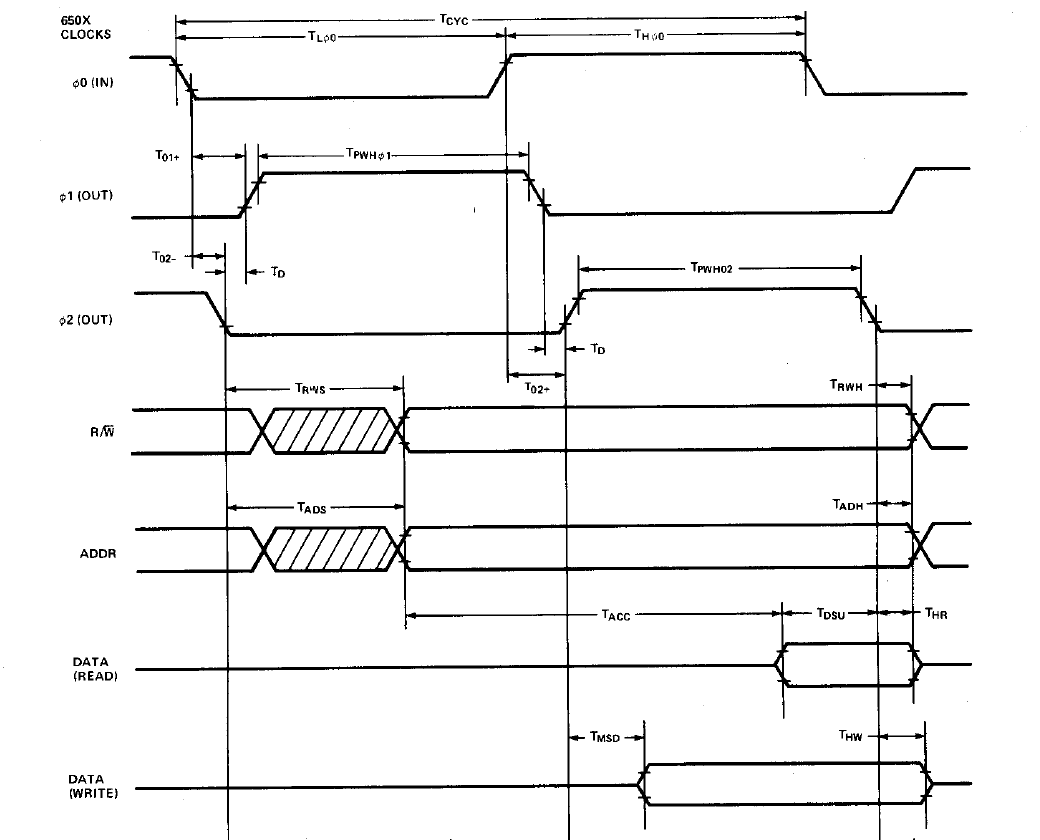You just confirmed what I stated in a previous message.Lethargeek wrote: ↑Wed Jan 27, 2021 1:07 pm @RMartins, consider this simplified example:...Code: Select all
BBBBrrrrrrrrrrrrrrrrBBBBhhhh -p-pVpVpVpVpVpVpVpVp-p-p-p-p 50/50 split = 8V 14p 6- pppVVVVppppVVVVppppppppppppp buffered = 8V 20p
You are considering that accesses would NOT be ping/pong (pVpV), but something else (ppppVVVVppppppppp), and that there will be enough buffering (VVVV).
Besides all of this being system design changes, that affect Display circuitry, and sync/stop with CPU (which is more complex than the simple Ping/Pong design), it's not clear if you are just shuffling the order of accesses around, without any real benefit, except the CPU eventually using the gaps that the Display is not using.
And if this is the goal (use the unused display slots), a "simpler" signaling from the Display circuitry, enabling the CPU to use the slots the Display will not use (providing extra clocks to CPU), would give the same effect without all the extra complexity.
Overall a more complex and less deterministic system, than a Display and CPU that run at fixed CONSTANT speed, with predetermined reserved slots for access.
